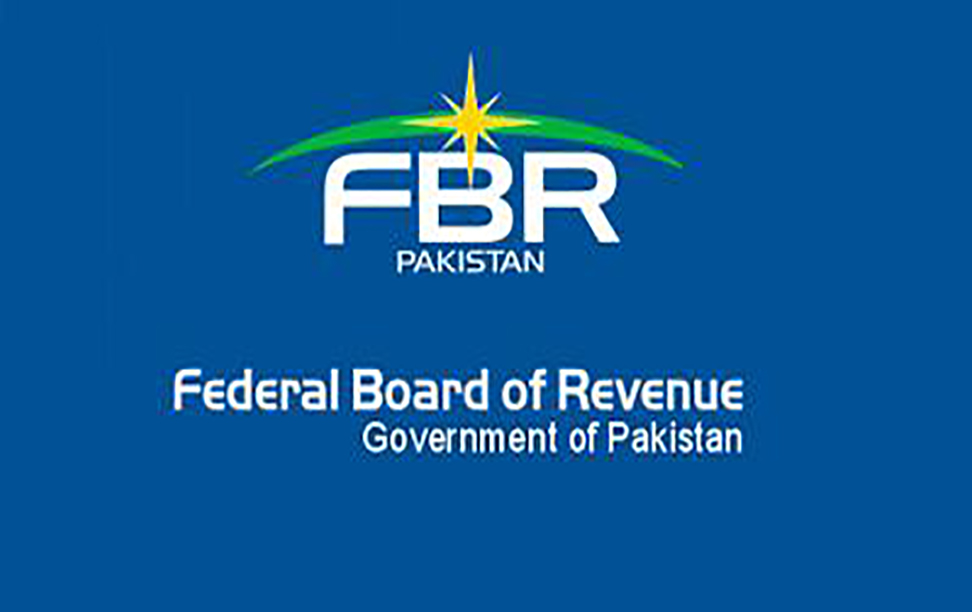May 08, 2024 (MLN): Interest rates remain a key risk for U.S. credit following a strong Q1 2024 characterized by robust domestic demand, improved market liquidity and a sharp rise in bond issuance, Fitch Ratings says in its new U.S. quarterly credit brief Fitch Wire+ report.
Sticky inflation has renewed uncertainty about the extent and timing of future rate cuts by the Federal Reserve.
The likelihood of a no-landing scenario, in which growth and interest rates remain largely unchanged, has increased, elevating credit risks for rate-sensitive asset classes, including real estate, high yield corporate debt, certain financial institutions and subprime consumer securitizations.
This could cause commercial real estate and lower credit quality consumer loan delinquencies and corporate defaults to rise more than currently anticipated.
Increased risk appetite and investor confidence, as reflected in primary and secondary credit market data and lending, were contingent upon a more aggressive rate cutting agenda than is now likely.
Credit spreads and other risk assets have reversed some of their bullish momentum in the early weeks of 2Q24 as investors rein in their expectations for significant monetary policy easing.
Fitch revised its 2024 U.S. real GDP growth forecast to 2.1% in March from 1.2% in December and expects growth will slow to a significantly below-trend rate later this year.
Fitch’s forecasts for individual sectors point to a relatively benign base case, and we expect broad ratings stability across asset classes, reflecting the strong economy, robust ratings cushions, and structural protections.
Upgrades and downgrades were broadly balanced in the first three months of 2024, while Positive Outlooks and Watches exceeded Negative Outlooks and Watches at the end of the quarter.
However, the higher percentage of sub-investment-grade ratings on Negative Outlook versus investment-grade ratings reflects pressures related to higher leverage, refinancing risk and deteriorating asset quality.
Copyright Mettis Link News
Posted on: 2024-05-08T10:24:45+05:00







